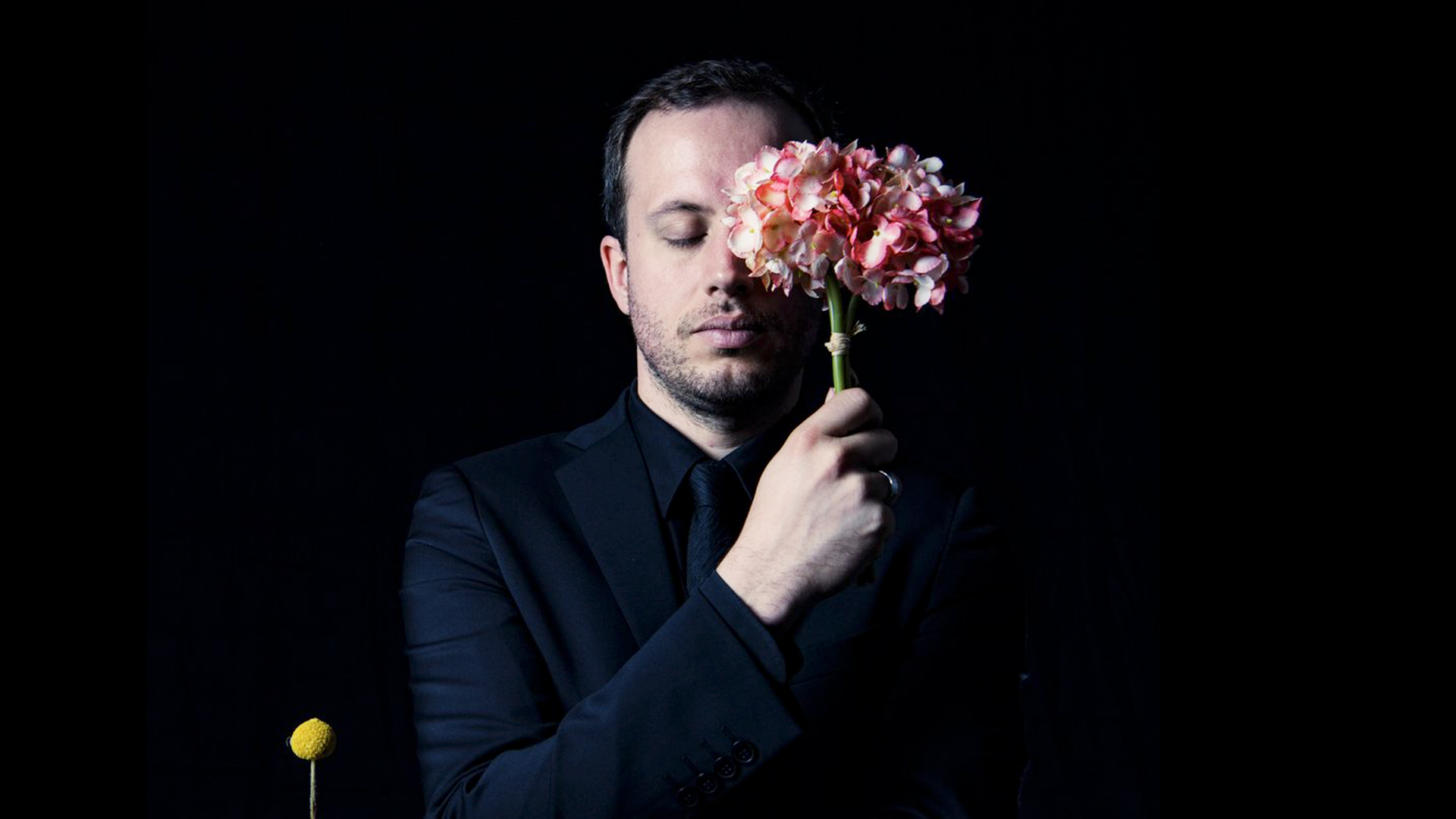WOLFGANG AMADEUS MOZART
Symphony n. 7 in D major K. 45
Concert for bassoon and orchestra in B flat major K. 191
FRANCESCO MARIA VERACINI
Ouverture n. 6 in G minor
CHARLES IVES
The Unanswered Question
WOLFGANG AMADEUS MOZART
Symphony n. 32 in G major K. 318
Bassoon
Dennis Carli
Conductor
Mathieu Romano
Opera Carlo Felice Genova Orchestra
The program of this event with the concert cycle Mozart l’italiano presents three pieces by Mozart: the Symphonies n. 7 and n. 32 and the Concert for bassoon and orchestra K. 191 sided by the Ouverture n. 6 in G minor by Francesco Maria Veracini and by Charles Ives’sThe Unanswered Question.
The possibility of listening in the same program the symphonies n. 7 and n. 32 allows to neatly perceive Mozart’s artistic development during only 10 years between the end of the ’60s and the ed of the ’70s. The symphony n. 7 K. 45 was finished at the beginning of 1768, after the composer had returned from a travel in Moravia. Despite the simplicity of the orchestral score, still in a formation phase, the thematic material was quite inspired. It is not coincidental that later on Mozart decided to use the same symphony, adapting the ensemble with some variations, as the ouverture for the Finta semplice. After some time, the composer returned to the Symphony once again and broadened it, realizing what would have been called the version K. 46a. The Symphony n. 32 was composed in Salzburg in 1779. Here, it is evident how Mozart’s writing had changed, merging strong elements like the ouverture all’italiana and the popular opera buffa, presenting a more personal language. Especially in the initial Allegro spiritoso, some writing elements suggest that Mozart’s initial intention was to use this symphony as the ouverture for Zaide. The Symphony n. 32 reflects wholly the transition moment between the very first and his last symphonies, a period of time when Mozart’s production reached incredible peaks, while leaving traces of the experimental character that would mark his last works.
Also the concert for bassoon and orchestra K. 191 originates during the Salzburg period in the mid-’70s and, as with the Symphony n. 32, it is quite clear the stylistic influence predominant in cities like Salzburg and Vienna. In the case of the concert for soloist instrument, such a style can be defined virtuosic and gentlemanly, (inspired by the works of composers like Haydn and C. P. E. Bach). The classic structure in three movements fast-slow-fast (veloce – lento – veloce) is here maintained, the characteristic sound of the bassoon is fully highlighted with many, greatly virtuosic passages.
The Unanswered Question (La domanda senza risposta) is a piece by Charles Ives composed in 1908, initially conceived as a part of the diptyc formed byTwo Contemplations and Central Park in the Dark. Later on, The Unanswered Question saw its first execution only in 1946. The same composer explains the nature of such a piece, whose subtitle is A Cosmic Landscape (Un paesaggio cosmico). While the strings slowly play solemnly a sequence of tonal triads, the soloist instrument (preferably a trumpet) relentlessly repeats a question. A fourtet of woodwinds presents different answers, though none of them is valid for the initial question, which is infinitely repeated and remains suspended. The musical piece firmly presents a neat detachment from the European symphonic tradition. Ives reveals on one hand an avant-garde tendency afferma un netto distacco dalla tradizione sinfonica europea, con esso Ives rivela da una parte una tendenza avanguardistica concettualmente akin to the Europen landscape; on the other hand, his own language that would later become a fundamental step in the XIX-century US tradition.
Francesco Maria Veracini (1690 – 1768) was a composer and violinist. During his lifetime between Italy (Florence, Turin, Pisa) and Europe (London, Düsseldorf, Dresden), he could establish himself as an interpreter, though his production is quite broad – with many different sonatas for soloist violin and basso continuo, four opera titles, seven oratorios, poi quattro titoli d’opera, sette oratorios, songs and pastorale poems). The Ouverture n. 6 clearly represents both style and influences of the composer, whose main references can be found in the Baroque period standing out in the composition lines of woodwinds and strings. The reduced ensemble gives space to the expressive features of the single intruments, presenting a quality of writing alternating the virtuosic and lively character of fast movements with the intense pathetic character of the Largo.
Ludovica Gelpi

